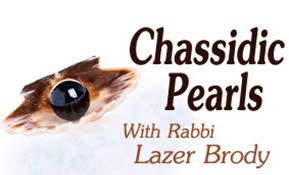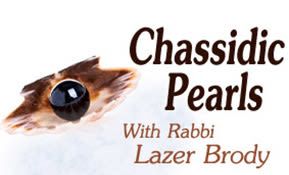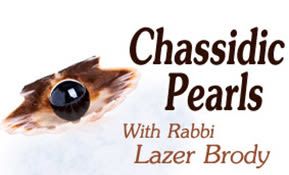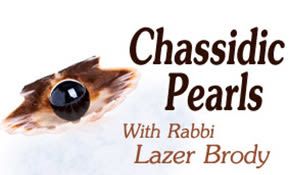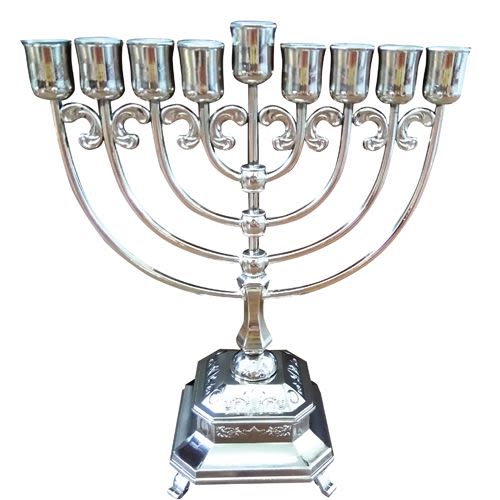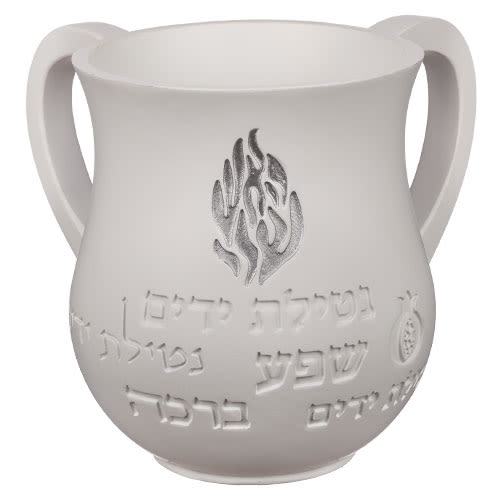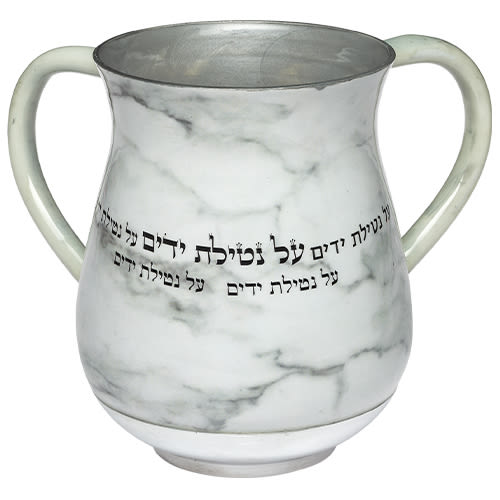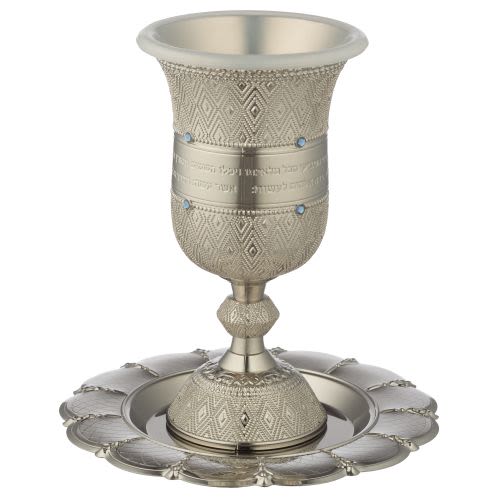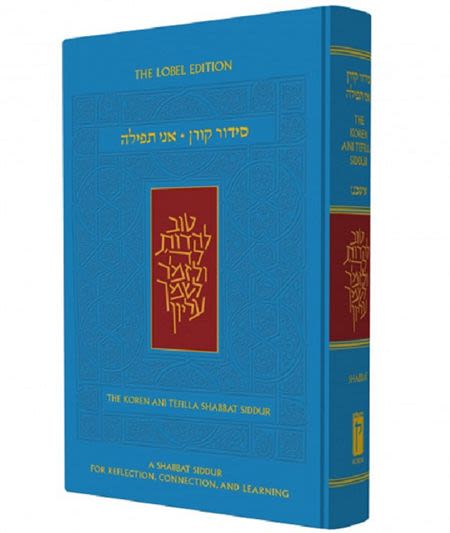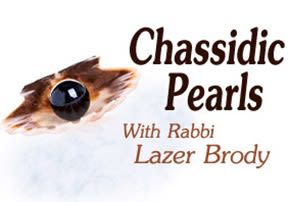
Va’eira: Learning from a Frog
People usually don't attach significance to a frog. They usually consider it a small ugly creature...

"And the frogs ascended upon the land of Egypt" (Shmot 8:1).
Each of the ten plagues, like everything else Hashem does, conveys its own unique message and an intrinsic lesson in life; the frogs are no different.
People usually don't attach significance to a frog. They usually consider it a small ugly creature, an object of disdain or repulsion. At best, folks are willing to tolerate the frogs as long as they limit their croaking to the faraway woods and wetlands.
Jewish tradition looks at frogs in a totally different light. Rebbe Nachman of Breslov wrote an entire discourse elaborating on the inner meaning of the frog (see Likutei Moharan I:3). He says they allude to scholars of Torah, the princes of humanity with enlightened spiritual cognizance.
The sages of Talmudic times also praise frogs. The Gemara states (Pesachim 53b), that Chanania, Mishael, and Azaria derived the inner strength to throw themselves into a fiery furnace rather than bow to Nebuchadnezzar's idol from a frog! They surmised that if the frogs had the dedication to perform Hashem's will and to throw themselves into the Egyptians' ovens during the time of the Ten Plagues, then they – as creations on a much higher level than a frog – certainly could do so as well.
The Midrash says that when Dovid Hamelech (King David) completed the Book of Psalms, he had a feeling of self-satisfaction. He said to Hashem, "Is there any creation in Your world that says songs and praises more than I?" That same hour, Hashem sent a frog that said: "David! Don't be complacent, for I say songs and praises more than you do. Not only that, but three thousand parables are said about every sonnet that I recite, for it is said (Melachim I 5:12), 'And he spoke three thousand parables and his songs were one-thousand and five.' Not only that, but I involve myself in a great mitzvah, and this is the mitzvah that I involve myself with: There's a specie on the beach whose sustenance comes exclusively from (creatures that live) in the water, and when it's hungry, it takes me and eats me. I therefore fulfill the mitzvah of that what is said (Mishlei 25:21-22), 'If your adversary is hungry, feed him; if he's thirsty, give him water to drink, for you shall heap hot coals on his head and Hashem shall reward you. Rather than reading "shall reward you", read "shall make you complete."'
The Midrash tells us that more than anything, the croaking of the frogs is what drove the Egyptians out of their minds. If we add Rebbe Nachman's principle that the frogs allude to Torah scholars, then an interesting message is revealed: Egypt is the archetype of evil and Pharaoh is an allusion to the Yetzer Hara, the Evil Inclination. Nothing neutralizes evil and overcomes the Yetzer Hara like the "croaking of the frogs," the sound of scholars learning Torah in their traditional sing-song fashion.
In light of the above-mentioned Jewish sources, the frog is grossly underestimated. Why? People look at its outer appearance rather than its inner significance, as we'll see in the following story, with Hashem's loving help:
Nosson Nuta lived in a broken-down clapboard and tar-paper shack on the end of the village. No one paid the slightest attention to this semi-toothed, curve-spined, and near-sighted cobbler of seventy-three weary years. He barely eked out a living mending old shoes and boots. More than anything, he was the brunt of urchin's pranks and their parents' disdain. In the local synagogue, Nosson Nuta was never called to the Torah; in the eyes of his neighbors and fellow worshippers, he was one small rung above the lowest beggar. They forced him to sit in the back of the shul next to the sooty furnace, because he couldn't afford to purchase a better seat. Yet, he accepted his lot of humiliation and incessant insults with happiness; on the contrary, he oddly seemed to enjoy the mocking and the jokes at his expense.
The thatched-roof houses of the Central Ukraine were notorious fire hazards. Any village knew that it would have to be rebuilt every two-to-three years or so. Strangely, there hadn't been a fire in Nosson Nuta's village for over twelve years, since he had first arrived as a widower who had recently lost his wife. Not only that, but there hadn't been a pogrom or a miscarriage in the village during the same period as well. People attributed their good fortune to their own righteousness; they were in for a rude awakening.
One winter evening, Nosson Nuta closed his eyes for the last time. When he didn't show up for minyan the next morning, no one paid any attention, despite the fact that he never failed to pray three times a day in the public gathering. When he failed to arrive in shul on the second morning, the village rabbi decided that he'd better inquire about the old cobbler's well being.
When the rabbi discovered the fate of Nosson Nuta, he immediately summoned the burial society, who perfunctorily performed the last rites and purification. They buried Nosson Nuta at the northern end of the cemetery, in the pauper's section. No one considered the deceased cobbler a good enough reason to close up shop for an hour, so there weren't even ten men at the funeral, the minimum requirement for saying Kaddish.
That night, with the soil on Nosson Nuta's grave still fresh, a band of bloodthirsty Cossacks descended like vultures on the village, indiscriminately killing, burning, and pillaging anything they could get their hands on. The village was a charred mess; those who the day before refused to attend Nosson Nuta's funeral were now occupied with burying their own dead.
Miraculously, the village synagogue escaped the terrible fate of the pogrom. The rabbi and beadle, after a half-dozen funerals, inspected their house of worship to see if all was well. Thank Heavens, the shtiebel's five Torah scroll's were unscathed; their silver ornaments were amazingly intact as well. How wonderfully strange, thought the rabbi, that the Cossacks didn't enter the synagogue like they customarily do in other pogroms. He felt as if some unknown guardian angel had protected the Holy Ark, the Torah scrolls, and the rest of the synagogue…
"What's this?" asked the beadle, pointing to a tin box that was concealed in the Holy Ark behind the Torah scrolls.
"I don't know," responded the rabbi, who then pried the box open. Inside, were two stacks of fine parchment, beautifully handwritten in Rashi-style Hebrew script. The rabbi's eyes opened wide and his jaw fell like he was dumbstruck. He couldn't understand everything he read, but he saw an eye-opening Kabbalistic commentary on one of Hashem's Holy Names. It was obvious that the author swam like a fish in the sea of Torah's deepest secrets. The rabbi furtively turned page after page. The manuscript was mind-boggling in its significance, even though he wasn't on a level where he could fully assess and appreciate it.
Then he saw the signature – Nosson Nuta the son of Dov Ber from Chernovitz. It hit the rabbi like a ton of bricks – Nosson Nuta, the insignificant cobbler, the perennial victim of urchins' mudballs and snowballs and the community's disdain, was a hidden tzaddik and a scholar of monumental proportions! Suddenly, the rabbi understood why there were no pogroms for a dozen years and why the synagogue had been spared the previous night – it was all in Nosson Nuta's merit!
* * *
The nations of the world hold the simple and meek in contempt. Like Nosson Nuta's village, they fail to properly evaluate true wisdom, truth, and beauty. They only seek glitter, artificial glory, and a beautiful façade. Judaism is the exact opposite; the Torah emphasizes inner beauty, purity, and intrinsic values. As opposed to the fancy leather-and-gold cover with nothing inside, Judaism is a plain cover with a fabulously exquisite inner dimension.
That's the lesson of the frog: Hashem chose the frog to teach us dedication. He also chose the frog to chastise Dovid Hamelech, His anointed! The frog may be ugly on the outside, but few creatures praise Hashem and serve Him with such dedication as the frog does. Outer beauty is fine as long as our inner selves are at least on the level of a frog. Just as the frog croaks constantly, may we sing out the tune of Torah learning always, amen.


